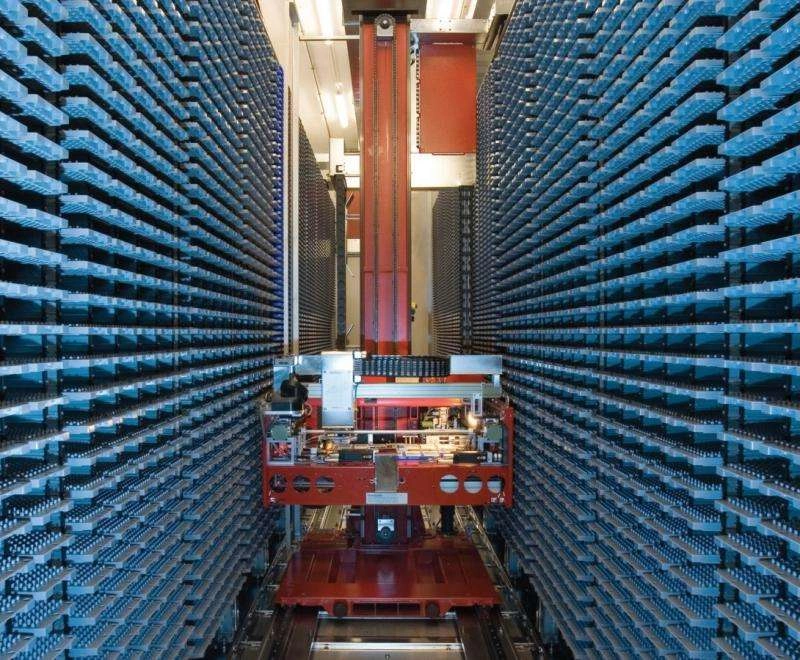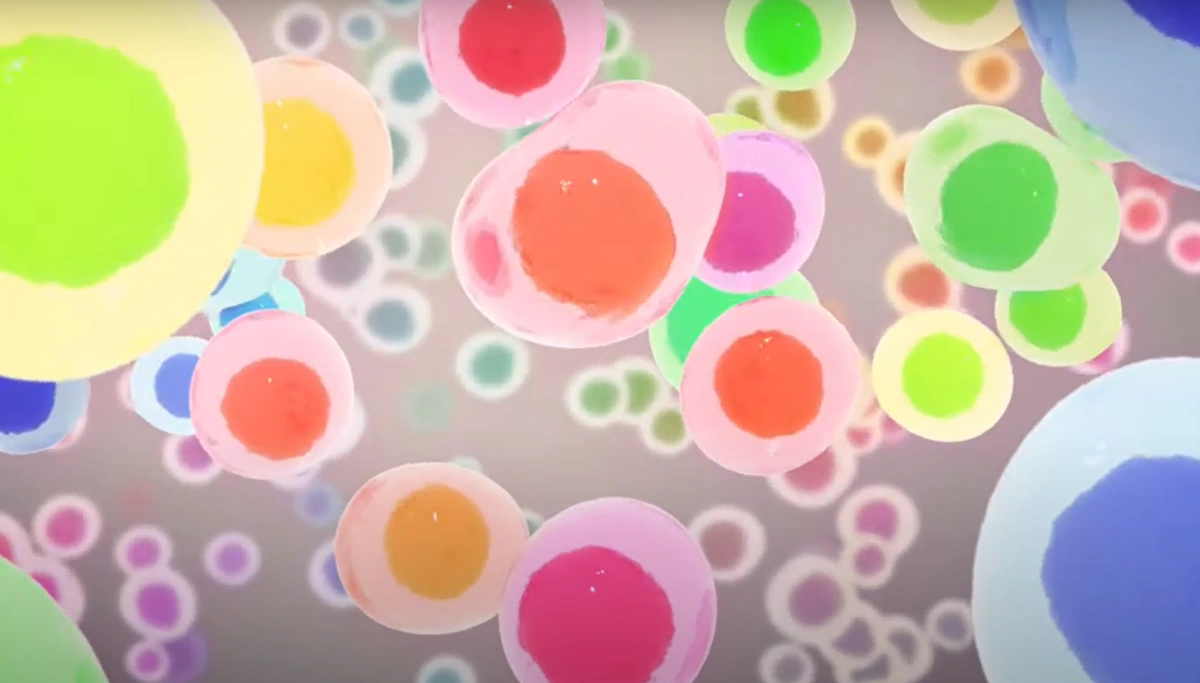This is Imura from COGNANO. Continuing from the last issue, here is the middle part, standing on the view from an IT engineer's point of view.
Where are the substances that make up drugs?
In the history of drug discovery, there has never been a case where a drug was designed based on theory alone. We do not know enough about living organisms to design drugs from scratch. So where should we look for substances (drugs) that can affect organisms? Since ancient times, medicinal herbs (tobacco and marijuana are also drugs) and bear liver have been ground up and used as medicine, but it was not until the 19th century, when the German chemical industry developed, that humans began to create artificial medicines. The focus of excavation then shifted to living organisms on the earth: the 20th century was the era of collecting microorganisms in the jungle and striving to discover antibiotics and other substances from them. Thus, the stock of candidate substances collected from chemical plants or from nature is now estimated to be as many as one billion or ten billion. Pharmaceutical companies have large chemical and antibody (peptide) libraries, which they screen day and night to uncover effective seeds.

The Logic of Making Antibodies into Drugs
In addition to chemical drugs, the last two decades have seen the emergence of antibody drugs. With the breast cancer drug Herceptin and the tumor immunizing drug Opdivo, it is now known that even cancer can be cured by the power of antibodies. Why are antibodies suitable for drug discovery?
Living organisms can be broken down on a scale of individual organisms, tissues, cells, molecules, and atoms. Disease is a general term for a state of disorder of an individual, and any substance that improves the disorder is a drug. So, where do drugs work? The essence of a drug is an order (command) to a cell, and the cell's constituent molecules are responsible for receiving the command. A drug is a substance that can give a specific command only to a certain molecule, and in this day and age when many target molecules are known, a substance called an antibody is the most likely candidate. This is because no other tool is easier to create than antibodies in terms of specificity and strength of binding to target molecules. Another advantage of antibodies is their low toxicity and side effects, since they are already present in the body. In this sense, antibodies will continue to play a leading role in medicine for the foreseeable future.
Nevertheless, there are challenges to be overcome in order for antibody drugs to become viable.
- Antibody selection rules for living organisms are a black box.
- There are antibodies that are difficult to obtain (some fields have not been successful despite efforts: perhaps organisms tend to avoid them)
- We want to target (epitopes) but cannot design them
- If the target mutates, as in a pandemic, the antibodies are disabled
Can we break through this limitation? If possible, how can we bring out the antibody capability? To begin with, how much antibody making ability does an organism have,...
In my last blog, I made the weak statement that it would take 4 million years to master bio-data by hand work. Could antibodies be a way to get 4 million years worth of data?
Quantify the computing power of living organisms
Large mammals such as humans and alpacas are composed of 40 trillion cells, and there are 1 trillion lymphocytes that produce antibodies. To simplify, we assume that 1 trillion cells undergo antibody gene recombination (somatic cell hypermutation). The fastest mutation is introduced twice a day, and 120 mutations appear in a period of 2 months, when antibodies are considered complete. 1 trillion ( Every time a trillion ( ) cells divide, there are 120 mutation chances. 20 squared (~ ) times 1 trillion ( ) is chances.

Let us consider this from another angle. For antibody optimization, the hypervariable region of about 50 amino acids is the mutation target. Since there are 20 kinds of amino acids, the theoretical possibility is combinations (=1x ). It can be interpreted that out of the possibilities, times, we have reached the optimal solution in our body through a realistic trial of genetic mutation in our body. This is an optimization operation performed by an organism, and although the process is a black box, it is considered to be a mature computational system with various safeguards in operation based on its long evolutionary history. It must have an algorithm that eliminates mutations that are detrimental to itself, and does not try sequences that are useless (for example, sequences that do not take on a three-dimensional structure, or sequences that have the same amino acid sequence for a long time). If this selection system does not find them useful, they will stop dividing and will be eliminated. The human body has a cell size of , so it can only accommodate the antibody-producing cells that are truly necessary.
We believe the strengths of the method using the Alpaca VHH system are
- The antibody selection process can be traced as electronic information
- Since antibody mutations are stochastic, a system to store a vast amount of genetic information and analyze its usefulness would be useful.
- Develop a computational method to identify antibodies that bind to specific target regions.
- Find a way to predict and select antibodies that are expected to be universal regardless of mutation
With such a system, we should be able to produce seeds that have been difficult to obtain at ultra-high speed. We believe that the immune system of living organisms (optimization calculation) information is, therefore, a fast way to logic-based antibody design. Antibody checks in vitro are artificial and noisy, and the results are quite different from interactions with target molecules in vivo. In that sense, what happens in real life in the alpaca's body should be reproduced in our bodies. So, for us, the alpaca is not just an animal, but a "living ultra-fast computing machine" that can inform an almost infinite number of optimal and highly accurate search probes. They don't need a power supply, they are happy with hay and water and continue to calculate 24 hours a day.
Sorry for the length, but that's it for the part 2, to be continued in the part 3.